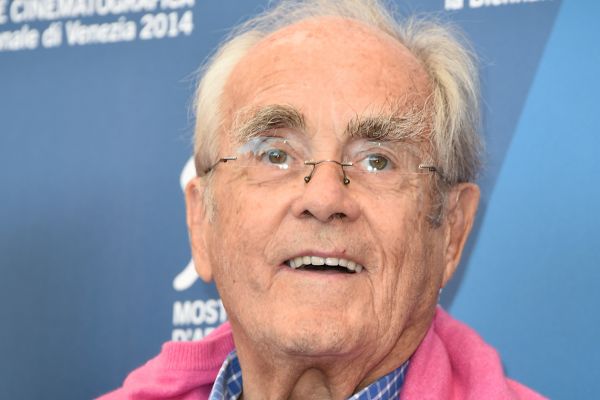Japanese manga and anime, which are popular around the world, have been adapted into films all over the world, especially in Hollywood. However, there are many works that have been made into films, some of which are so bad that they are beyond recognition. In this issue, we have selected some of the most notorious of these works. The contents of the films and the points where they were altered will be explained in detail. This is the fifth installment. (Text by the editorial department)
The Rose of Versailles” (1979)
Running time: 124 min. Director: Jacques Demy Original story: Riyoko Ikeda Screenplay: Jacques Demy, Patricia Knopf Production: Agnes Varda Music: Michel Legrand Cast: Catriona McCall, Martin Potter, Christina Baume, Patsy Kenzit [Contents The setting is Paris in the 18th century. Oscar, born into the Jarge family, is raised as a man despite being a girl by his father, who wants him to succeed his father. Oskar grows up to be a warrior and eventually becomes the captain of the royal guard protecting Marie Antoinette, but he falls in love with Fersen, the queen’s lover. Meanwhile, his nanny’s grandson André, who grew up with Oskar like a brother, is troubled by his mistaken love for Oskar. Soon after, the French Revolution begins. Oskar and his family are caught up in the whirlpool of the times… The film was a big hit at the time of its release, with a production cost of 1 billion yen, filming at the Palace of Versailles, director Jacques Demy (The Umbrellas of Cherbourg, 1963) and Michel Legrand, one of France’s most famous musicians, among others. However, it turned out to be a complete disappointment, not only failing to succeed at the box office, but also being turned away from by fans of the original work. The main reason for the film’s poor performance was the screenplay. Unlike the original, Oscar and Andre do not fight in the French Revolution and Oscar’s death is not depicted in this film. In addition, since the 10-volume original story is packed into a mere two-hour running time, the film is inevitably rushed throughout. However, this film was shot on location at the Palace of Versailles, and the pictures are indeed beautiful. In particular, the scenes showing Versailles on the day of the Revolution in a single cut show the skill of the master filmmaker Dumi. It may be surprisingly interesting to see it now.
Editorial Department


